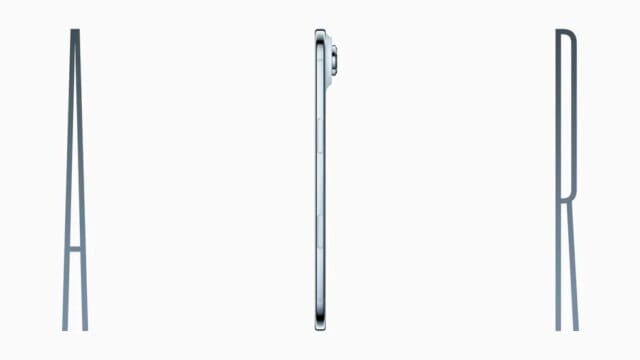Srinagar, Sept 10: Apple has unveiled its latest iPhone line-up, led by the new iPhone Air—its thinnest model yet, replacing the Plus. The launch emphasizes design, efficiency, and ecosystem integration rather than radical innovation. Hardware upgrades include the new A19 chip, a 48MP camera, brighter displays, and improved power efficiency, while the Pro model gets a price hike with Ceramic Shield casing and more RAM.
The iPhone Air is the slimmest iPhone to date. Its redesigned camera plateau accommodates the cameras, chipset, and system modules, while the remaining space houses a high-density battery for all-day usage. AI-powered photography and battery optimization software enable performance comparable to larger models.
According to analysts at Wedbush, it is estimated that around 315 million iPhone users worldwide are using devices more than four years old, presenting a large potential market for upgrades. The firm projects Apple’s revenue to rise from $391 billion in 2024 to $431 billion by 2026.
As per reports, revenue is expected to grow from $391 billion in the 2024 financial year to $431 billion by 2026. Earnings per share (EPS) are forecast to rise to $7.85 over the same period, from $6.75 in 2024.
Alongside the iPhone Air, Apple unveiled the iPhone 17, iPhone 17 Pro, and iPhone 17 Pro Max, featuring upgraded cameras, the new Apple A19 Pro chip, and larger displays. The iPhone 17 range includes a new A19 chip, a 48MP camera and a display bright enough to be legible even in strong sunlight.
The iPhone 17 Pro gets a price rise to $1,099, justified, apparently, by a Ceramic Shield casing on both sides and upgraded chips with more RAM along with new accessories including a cross-body strap and an updated MagSafe battery pack.
The Indian market will see multiple storage options and new colour variants, with pre-orders expected to open soon. Apple is ramping up iPhone production in India to offset tariff challenges in China, a shift Wedbush estimates could pose a $1 billion drag in the September quarter. Meanwhile, intensifying competition from local brands and broader economic headwinds continue to pressure Apple’s market share in China.








